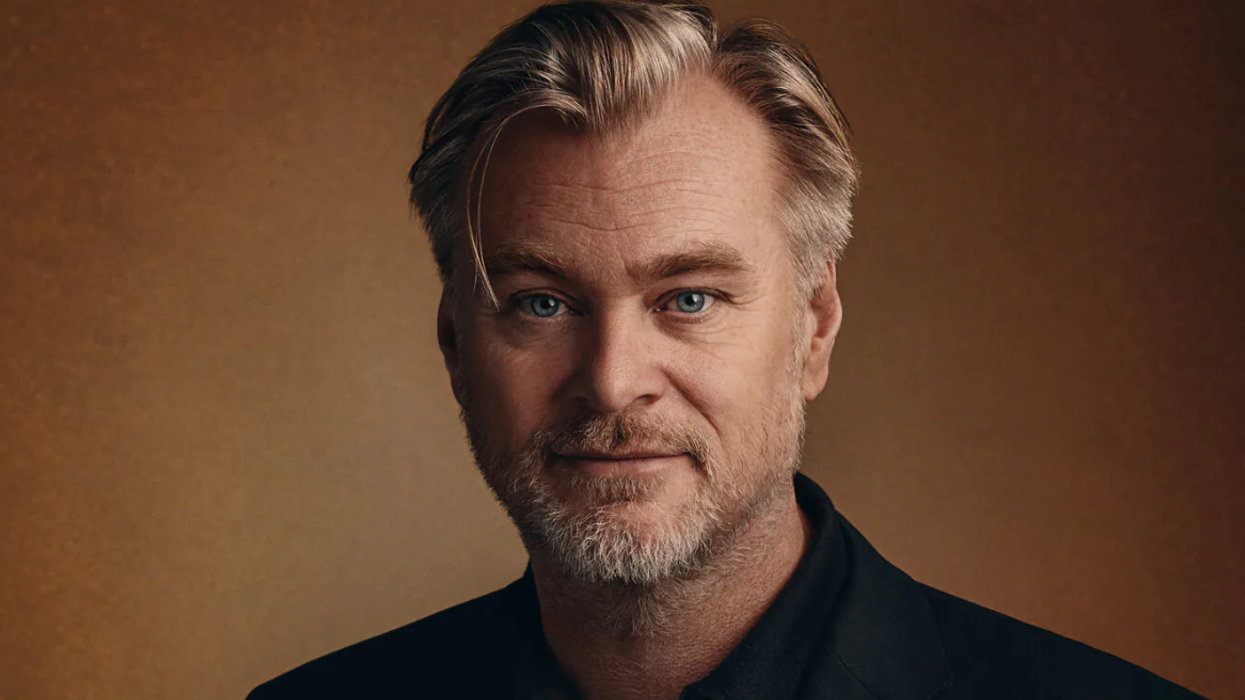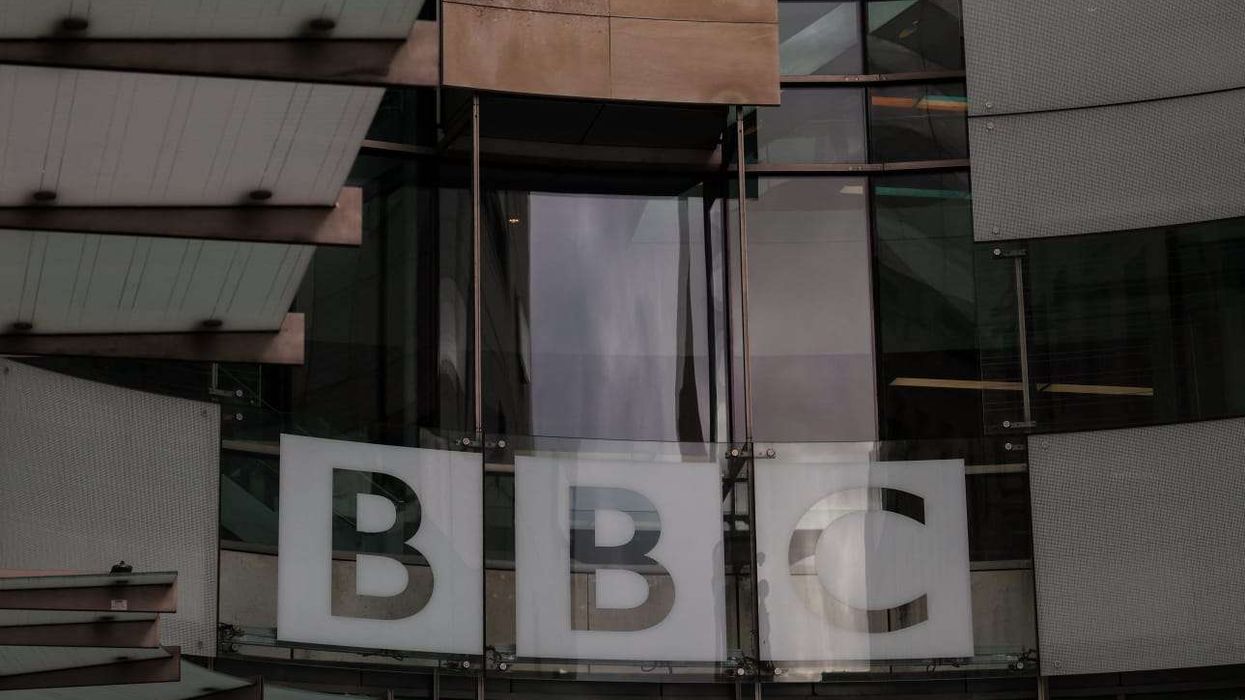Exciting news for Christopher Nolan fans! The acclaimed filmmaker is all set to direct an adaptation of ‘The Odyssey’, an 8th-century epic by Homer, for Universal Studios. The studio recently made the official announcement that the film will be a “mythic action epic shot worldwide using brand new IMAX film technology.” Not to mention, this will be the first time Homer’s epic saga is coming to IMAX screens.
The movie, Nolan's second collaboration with Universal Studios after Oppenheimer, is expected to hit the box office worldwide on July 17, 2026.
If you’re caught unaware amid all the talks about the Odyssey, here’s a sneak peek into the storyline: The Odyssey by Homer, which explores themes like heroism and loyalty, is the story of Odysseus, the King of Ithaca. It brings to focus his perilous journey back home after the Trojan War. The story is a medley of heroism and defiance against divine will among others.
One of the most memorable episodes in the epic is the protagonist’s encounters with Polyphemus, the Sirens, the Cyclops, and witch-goddess Circe, finally leading to his reunion with his wife Penelope.
'The Odyssey' has inspired numerous other adaptations and interpretations. While Nolan's film promises to be a grand adaptation of The Odyssey, the epic poem has inspired several cinematic and literary works in the past.
These include the 1954 Italian film Ulysses, starring Kirk Douglas, and the 1997 miniseries The Odyssey, directed by Andrei Konchalovsky and starring Armand Assante.
Other works inspired by Homer's poem are Cold Mountain (novel and film), James Joyce's Ulysses, Margaret Atwood's The Penelopiad, The Coen Brothers's O Brother, Where Art Thou? and Star Trek: Odyssey.
What’s more exciting about Nolan’s Odyssey is its star-studded cast. It is believed to feature Hollywood A-listers, including Tom Holland, Zendaya, Matt Damon, Anne Hathaway, Robert Pattinson, Charlie Theron, and Lupita Nyong’o. The studio had confirmed the ensemble earlier.









